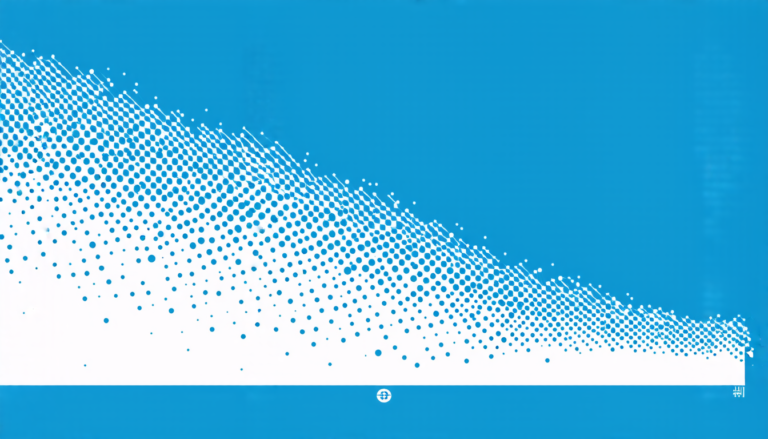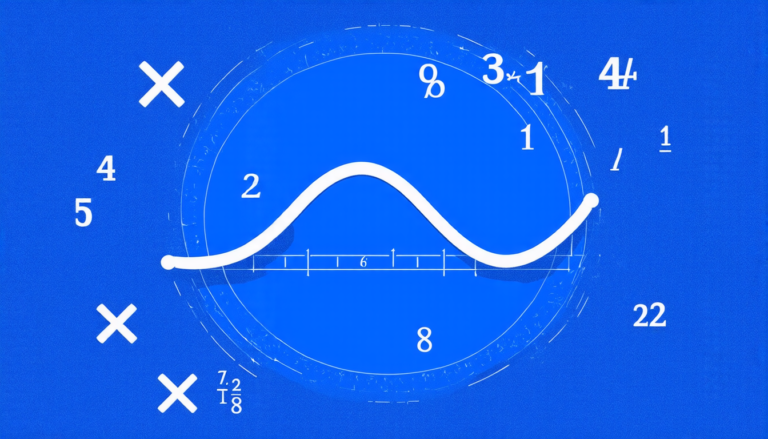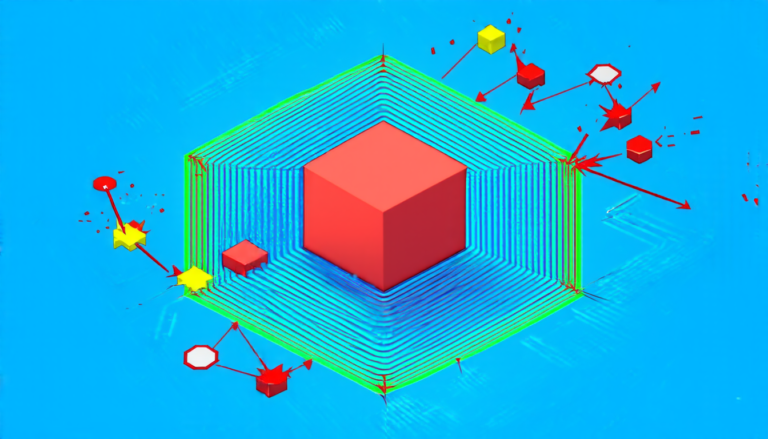Friday 04 April 2025
A team of mathematicians has made a significant breakthrough in understanding the properties of monomial ideals, a type of mathematical structure used to describe algebraic varieties and their geometric relationships.
Monomial ideals are collections of polynomials that can be expressed as products of variables raised to certain powers. They have been extensively studied for decades due to their importance in many areas of mathematics and computer science. Despite their significance, there is still much to be learned about these structures, particularly when it comes to their analytic spread.
The analytic spread of a monomial ideal measures the number of generators needed to reduce it to its simplest form. This concept has important implications for our understanding of algebraic geometry and the study of geometric invariants.
Recent research has shown that the analytic spread of a monomial ideal is closely tied to its Newton polytope, a mathematical object used to describe the convex hull of a set of points in n-dimensional space. The authors have developed a new method for determining the analytic spread of a monomial ideal based on the geometry of its Newton polytope.
Their approach involves finding the codimension of the Newton polytope, which is the smallest dimension of any subspace that contains it. This value can be used to bound the analytic spread from above and below, providing a more accurate estimate than previous methods.
The researchers have also applied their technique to study the intersection of powers of two monomial primes, a problem that has been notoriously difficult to solve. They found that in this case, the analytic spread is equal to one less than the number of variables involved, providing new insights into the properties of these algebraic structures.
This breakthrough has significant implications for our understanding of monomial ideals and their applications in computer science and engineering. It also opens up new avenues for research in algebraic geometry and the study of geometric invariants.
The authors’ method is not only more accurate but also more computationally efficient than previous approaches, making it a valuable tool for researchers and practitioners alike. As our understanding of these mathematical structures continues to evolve, we can expect new breakthroughs and applications that will shape the future of mathematics and science.
Cite this article: “Unraveling the Geometry of Monomial Ideals”, The Science Archive, 2025.
Monomial Ideals, Algebraic Geometry, Newton Polytope, Analytic Spread, Codimension, Convex Hull, N-Dimensional Space, Geometric Invariants, Computer Science, Engineering.
Reference: Benjamin Drabkin, Benjamin Oltsik, “Newton Polytopes and Analytic Spread” (2025).







